Last updated on October 23, 2022
Known for iconic pristine beaches and as a desirable vacation spot, Maldives is more than just a tropical paradise and these facts about the Maldives will showcase that! Probably the first, most important fact about Maldives to know is that it is pronounced ‘maal-deevz’. Got it? Now we can move forward!
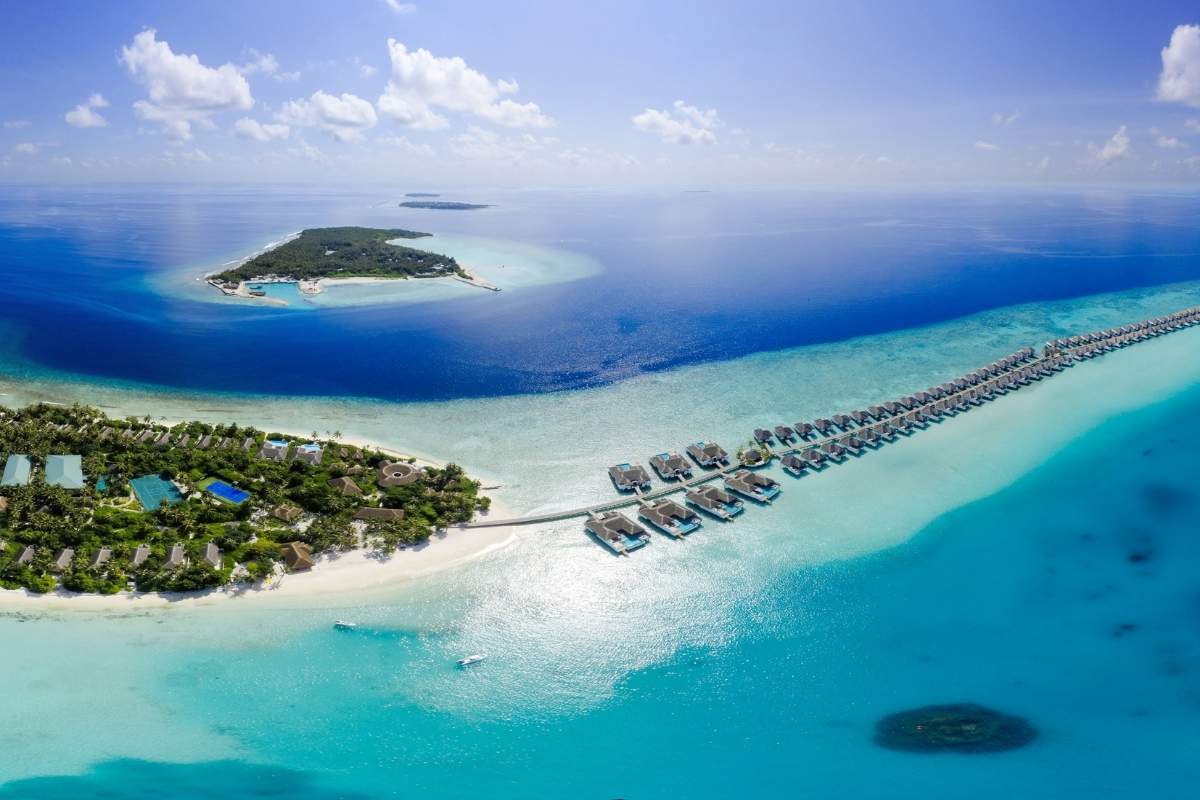
Full of history, interesting geography, diverse landscape, and intriguing animals that call it home, the Maldives are a treasure trove of cool facts. Read these facts about the Maldives to know more and then take our quiz to see how well you did!
Know your stuff about the Maldives? Then go ahead and test your knowledge with our Maldives quiz, or if you’re not quite ready, keep reading to find out some cool facts to prep you.
Interesting Facts About the Maldives
Geography Facts about the Maldives
~ The Maldives is an island nation famous for its white sandy beaches. It is the smallest country in Asia and spreads across the equator, making sun protection an absolute must if you plan on visiting.
~ The sea makes up more than 99.5% of the Maldives (90 000 sq km surface area). Now all the beaches found here make a lot of sense!
~ The Maldives islands are an archipelago in the Indian Ocean that stems from the crowns of an ancient volcanic range that is now underwater. The whole country is made up of approximately 1,200 islands with coralline beaches. Barrier reefs protect the local islands from the seasonal northeast monsoon.
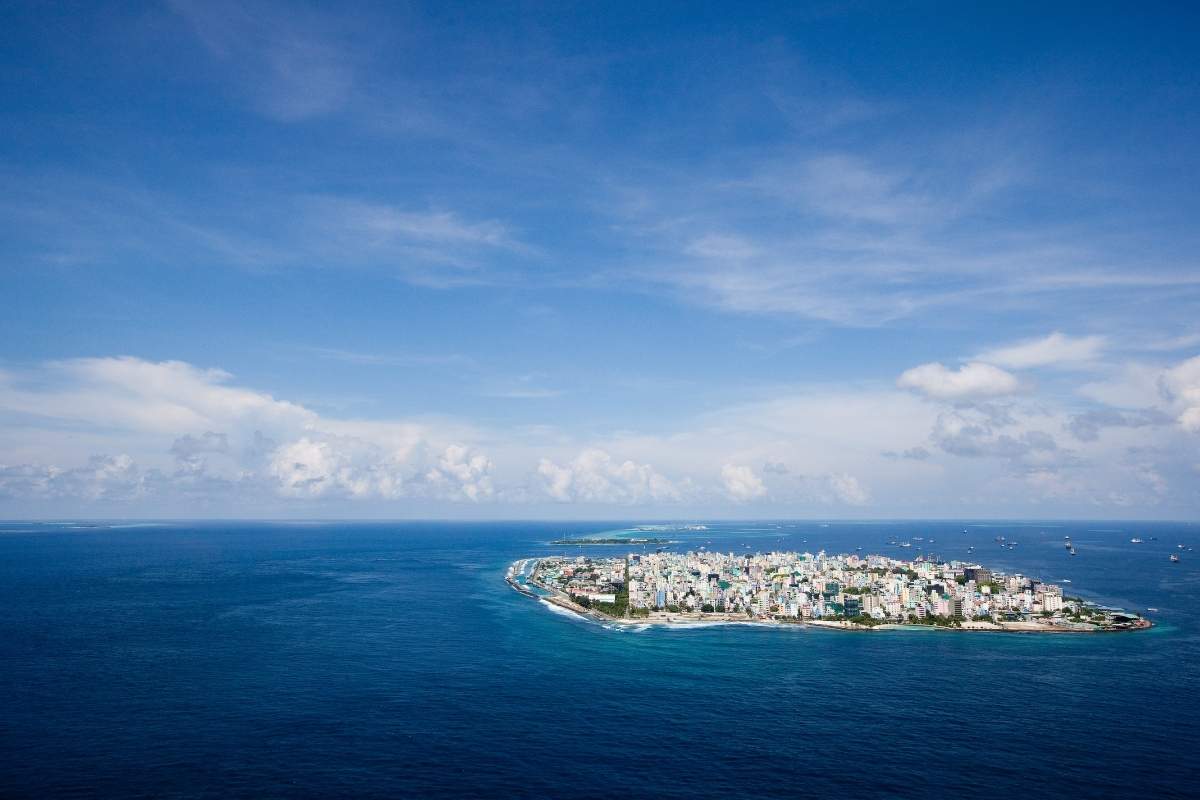
~ It is not only the lowest country in the world, but it is also the flattest country. None of the Maldives islands rise more than 1.8 meters above sea level, with the highest point found on Villingili Island. The average altitude is only 4 feet above sea level.
~ The Maldives’ perfect white sands, displayed on many a Facebook page, are due to the unique coralline beaches. All the coralline beaches in the Maldives are the result of undigested reef material eaten by parrotfish.
~ The islands’ low-lying nature puts the Maldives under threat from climate change and rising sea levels. The Maldives are already the lowest country in the world, but due to increasing land erosion, it is also at risk of becoming completely submerged. In 2009, then-president Mohamed Nasheed held an underwater cabinet meeting, the first of its kind in the world. Cabinet ministers staged the meeting as a way to bring attention to the way the climate crisis has affected the Maldives. Due to its status as the lowest and flattest nation, the Maldives are among the most at risk of being swallowed up by the ocean.
~ Maldives is an archipelagic state located in Southern Asia, situated in the Indian Ocean. It lies southwest of Sri Lanka and India, about 750 kilometres from the mainland.
~ Maldives consists of a chain of about 1,200 small coral islands and sandbanks (some 200 of which are inhabited), grouped in clusters, or atolls. From that, over 132 resorts can be found throughout the different atolls.
~ The Maldives is the flattest country in the world with the highest point being only 7 feet and 7 inches above sea level.
Biodiversity In the Maldives
~ Seasonal currents deliver nutrients to the waters surrounding the islands, making the Maldives one of the best destinations for scuba diving in the world. Baa Atoll is world famous for its extremely fine white sand and for its abundance of marine megafauna, including the world’s biggest fish, the whale shark.
~ Not only is it the world’s biggest fish, but some species of whale sharks also have tiny teeth on their eyeballs! A feature not seen in any other vertebrates.
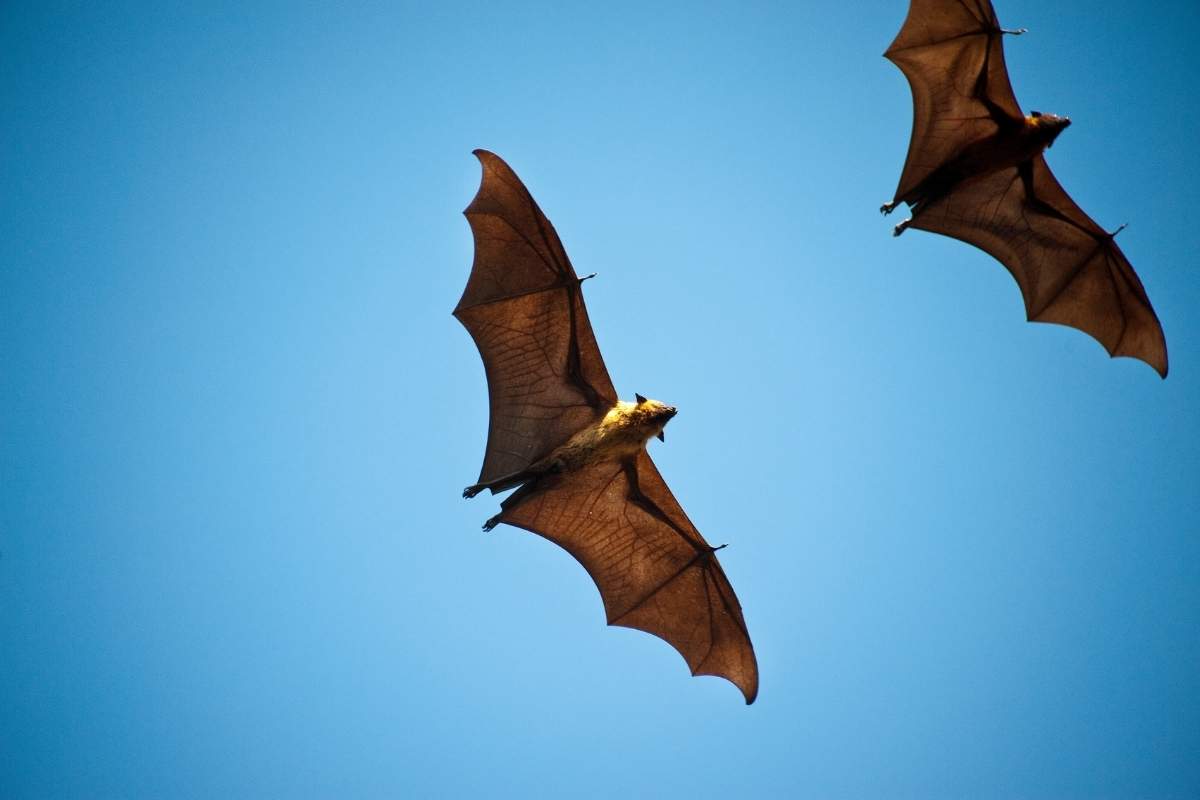
~ Flying foxes, various species of birds and lizards are among the very few land animals endemic to the Maldives.
~ Additionally, Maldives is one of the few places on Earth where whale sharks can be seen all year round.
~ The waters surrounding the islands of the Maldives are home to more than 2,000 different species of fish. The most common frequently seen are whale sharks, bannerfish, anemonefish, manta rays, and Oriental sweetlips.
~ Of the 7 different kinds of marine turtles found in the Maldives, 5 reside in the ocean waters of the islands and include the green turtle, hawksbill, loggerhead, leatherback, and olive ridley turtles.
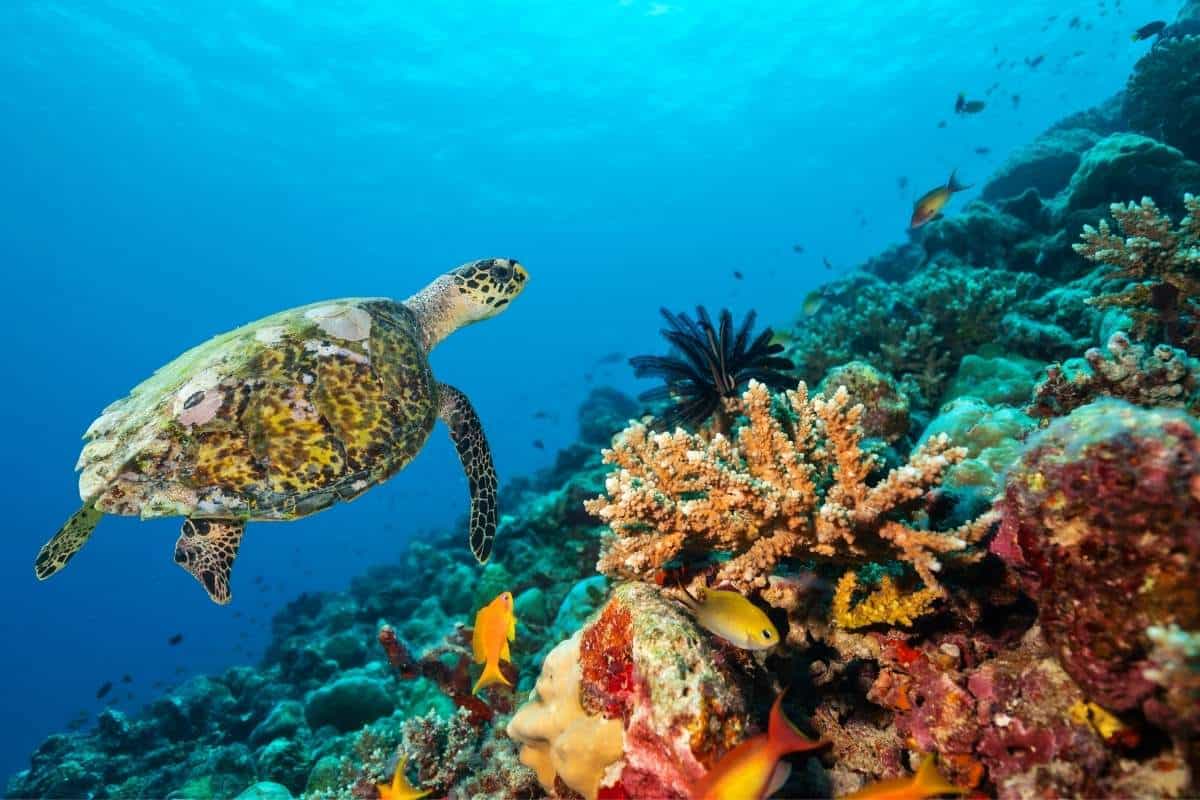
~ A stunning nightly occurrence in the Maldives, glowing plankton or phytoplankton looks like the ocean has glowing stars in the moonlight. High season for spotting the plankton is mid-summer through to winter but it can appear at any time.
History
~ Maldives’ location in the Indian Ocean made them a perfect trading port between Malaya, Madagascar, Indonesia, China, and many Arab countries in the 10th century.
~ Before the colonization of the now Islamic country, a monarchy ruled the first settlers of the islands. The first kingdom was called Dheeva Maari and the first ruler was Sri Soorudasaruna Adeettiya.
~ Evidence suggests early inhabitants were Buddhist but by 1153 CE, Islam was adopted across the islands when Arab interest in the region became prominent.
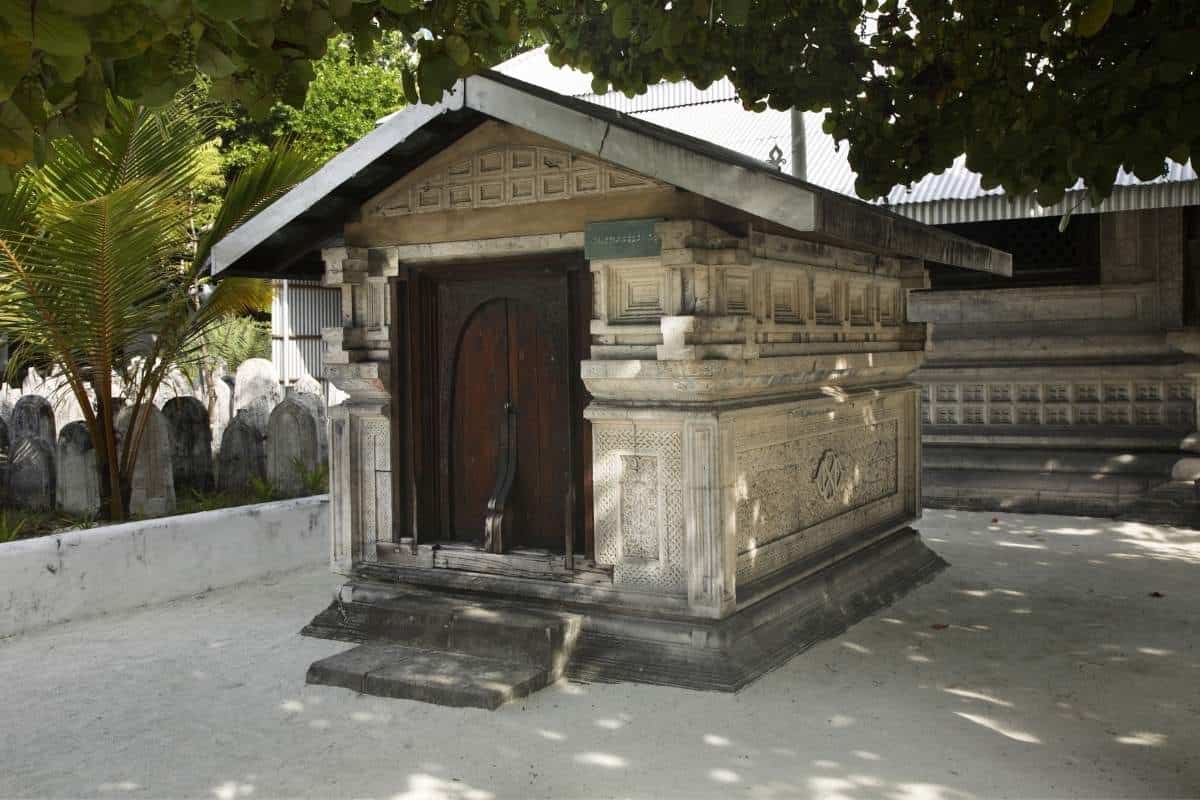
~ During the Maldives’ most significant development period, this island nation was a Buddhist kingdom. The official language of the Maldives, Dhivehi, is an Indo-European language derived from Sanskrit.
~ It is believed that the first settlers of the islands were the Tamil and Sinhalese people from India and Sri Lanka in the 5th century, but the Maldivian ethnic group resulted from settlers from across the globe coming to the Maldives.
~ Traditionally called “King’s Island” where the royal dynasties ruled from the central location, Malé is the capital city of the Maldives islands and lies on the Male Atoll.
~ There is some debate about where the Maldives got its name. Some believe that the name “Maldives” derives from the Sanskrit maladvipa, meaning “garland of islands”, or from “mahila dvipa”, meaning “island of women”. Others believe the name means “palace” (from Mahal in Arabic).
Languages Spoken in the Maldives
~ Because of the long trading history of the island nation, many other languages are commonly spoken in the Maldives, including Arabic, Hindi, and English.
~ The national language of Maldives is Dhivehi, however most Maldivians can speak English with no problems.
~ The Maldives is home to around 5% of the world’s coral reefs. Tourists from all over the globe flock to this tropical paradise for the stunning Maldivian beaches. Many locals can speak and understand languages commonly spoken at the resorts such as French, German, Russian, and Chinese.
Culture
~ The islands’ shapes are primarily due to the rings of coral that surround the atolls. Until masonry was introduced to the island in the 18th century, coral was used as a construction material. Large pieces of coral were pulled from the seabed, where they were cut into blocks and then dried out, later to be used in the building of coral houses, mosques, and sculptures.
~ The wood of coconut trees is used to build traditional Maldivian boats called dhonis, which are used as fishing boats, ferries, and cargo ships.
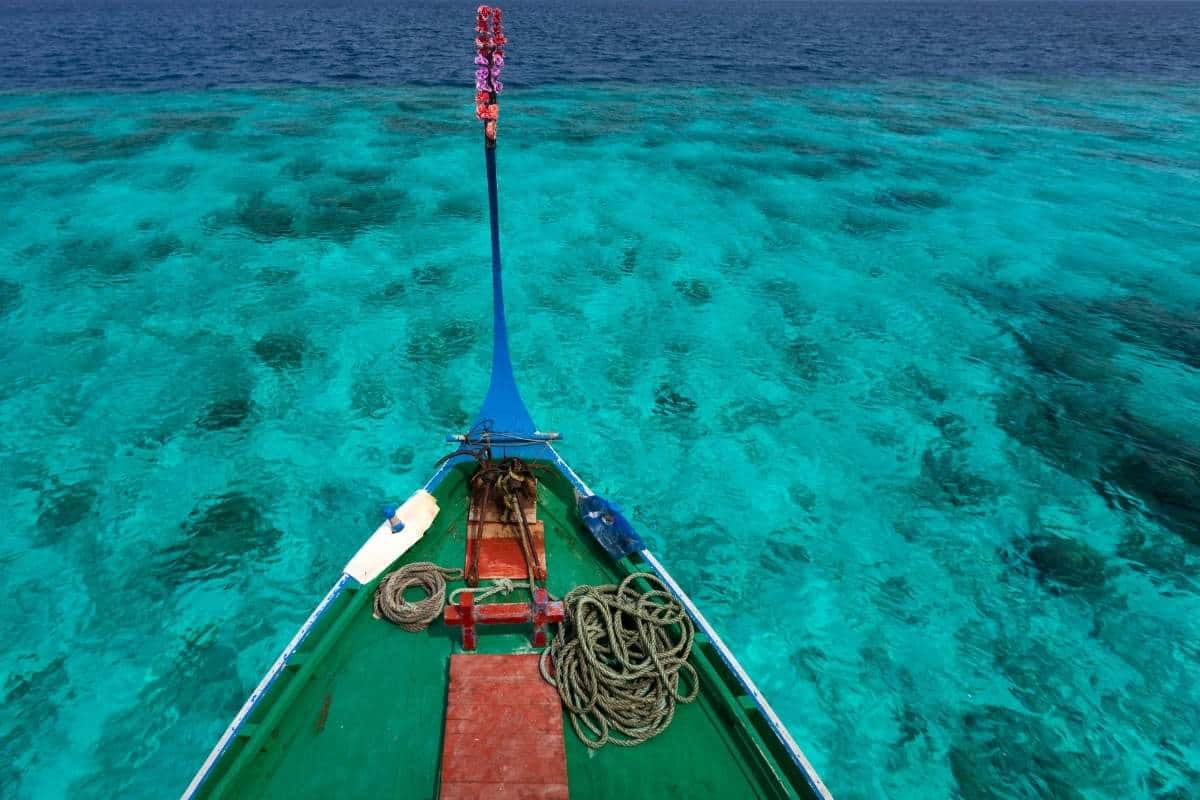
~ The national dish of the Maldives is called gulha and consists of smoked fish, grated coconut, and onions stuffed inside a deep-fried pastry ball.
~ The Maldives’ traditional drums are called Boduberu, which translates to ‘big drum’.
~ Traditional Maldivians used to make their homes out of coral. Some of these homes can still be seen on Malé and local islands.
~ With just 394,500 residents, the Maldives has the smallest population in Asia.
~ Some things that can lead to jail time in the Maldives: homosexuality, alcohol consumption, public displays of affection, and flaunting a swimsuit. The Maldives is a Muslim country so abiding by specific guidelines and respecting the culture is important. Some local islands have more leeway, but the best bet to avoid fines or the lock-up is to head to resorts on a private island.
Economy
~ Tourism is the leading industry in the Maldives. Many of the resorts are built on their own islands, giving guests the impression of staying on their own private islands as they sit on the Maldives’ amazing sand underneath the shade of coconut trees. In 2018, a luxury underwater resort opened up in the Maldives where you can spend a weekend unlike any other: from your underwater room, gaze at the coral reefs, watch the diverse marine life swim past, and even sleep right on the sea bed.
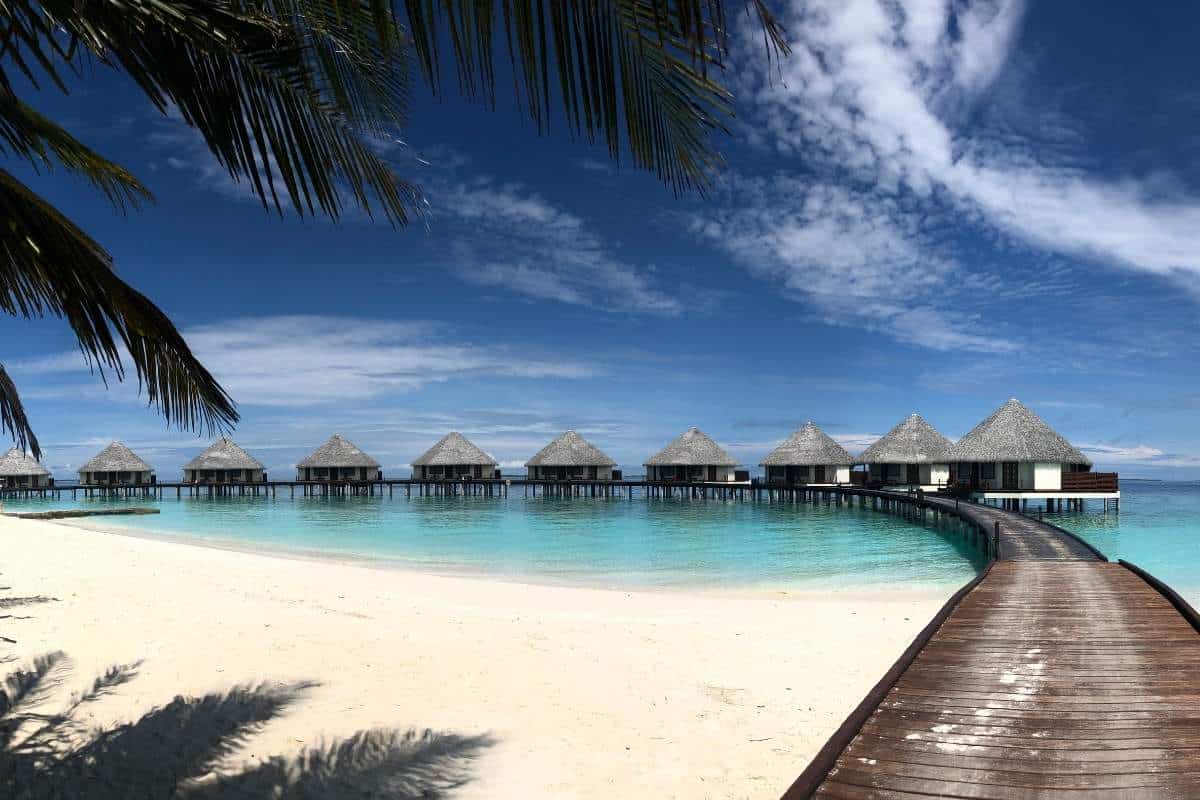
~ Construction is currently underway on a ‘floating city’ located just off the coast of Male, the Maldives’ densely populated capital city. This city will consist of approximately 5000 units and will include houses, businesses, and schools. Residents are slated to begin moving to the floating city in 2024.
~ The currency of Maldives is the Maldivian rufiyaa. Although foreign cash, especially US currency, is generally accepted, especially at the resorts.
Government
~ The Maldivian flag was adopted on July 25, 1965. The Maldives flag displays a white crescent moon in the centre of a green rectangle against a red backdrop. The national tree, the coconut tree, is shown on the Maldivian emblem.
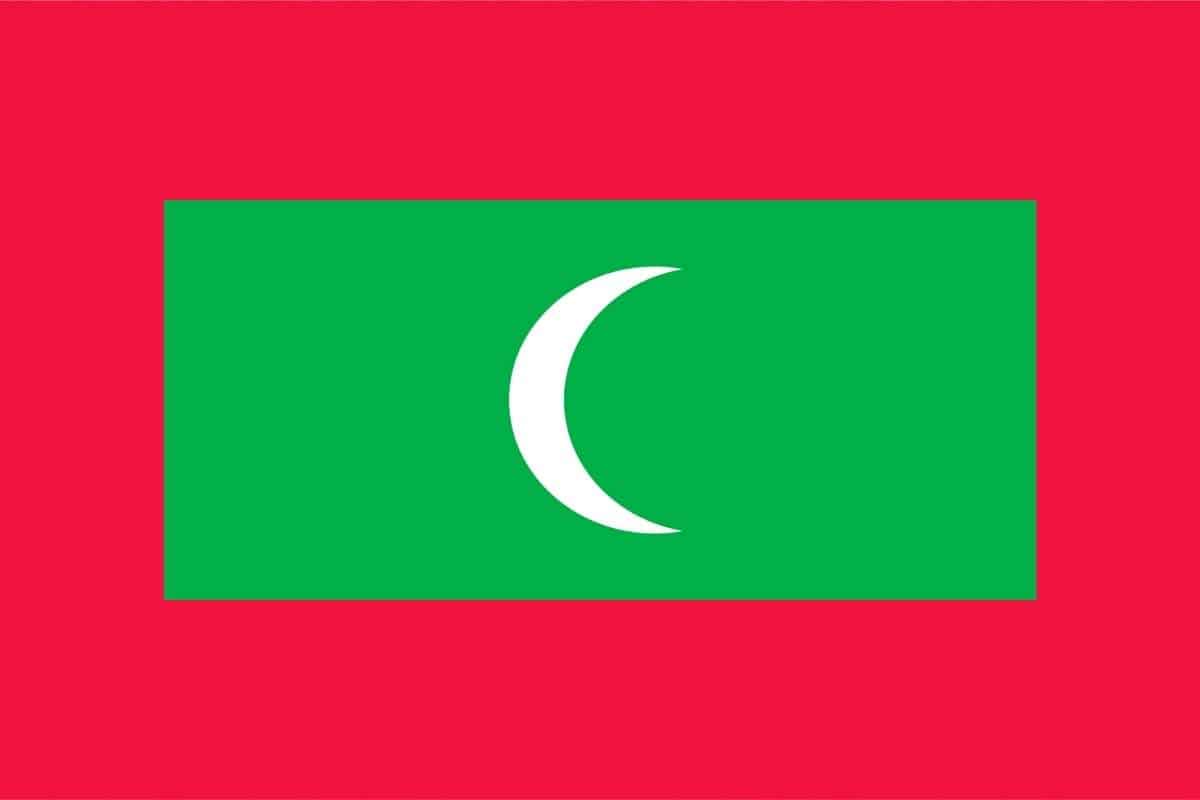
~ The Maldives gained their independence on July 26, 1965. Maldivians established a republic in March of 1968.
~ Now, the Republic of Maldives is a multiparty constitutional democracy with a president representing the party in power chosen through an election.
~ In the backstreets in the middle of Malé, on the grounds of a small mosque, is the tomb of Mohammed Thakurufaanu. He is a national hero in the Maldives due to his hand in liberating the country from Portuguese rule. He was then the sultan from 1573 to 1585.
Facts About Maldives Summary
This article is full of interesting facts about Maldives, and there is still more to uncover! This small but mighty island nation may be the world’s lowest country, but it is packed full of intriguing history and culture.
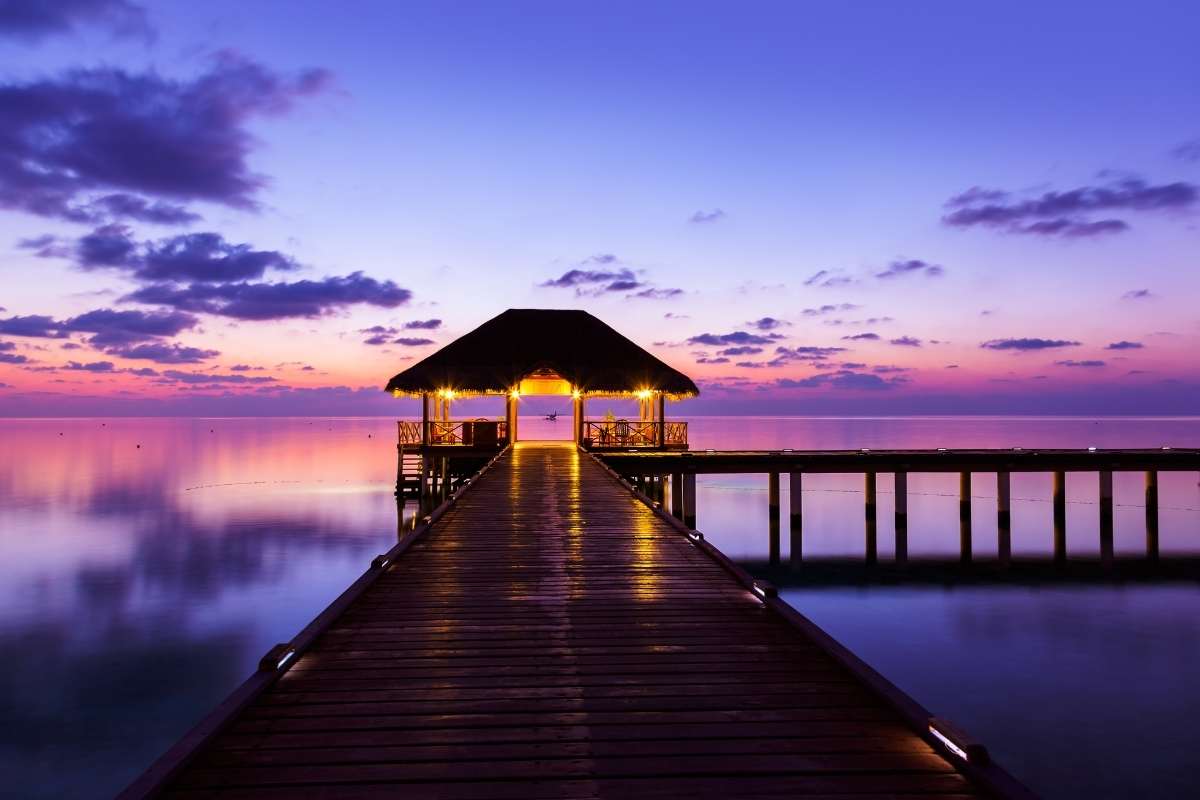
Now that you’ve read the whole post, go test your knowledge in our quiz about the Maldives!
[adinserter name=”Block 1″]





